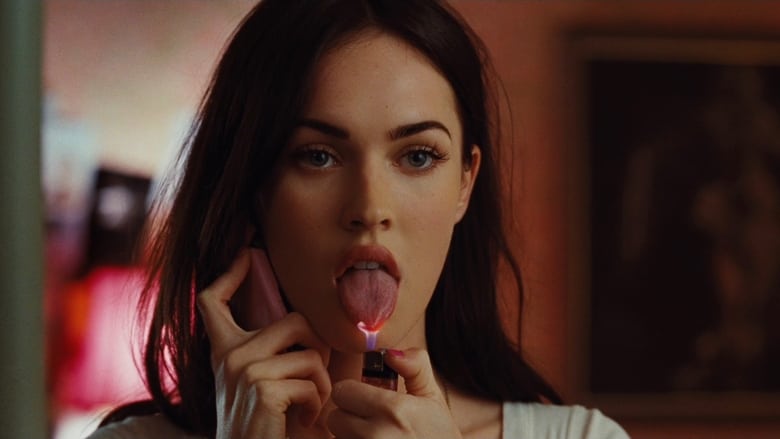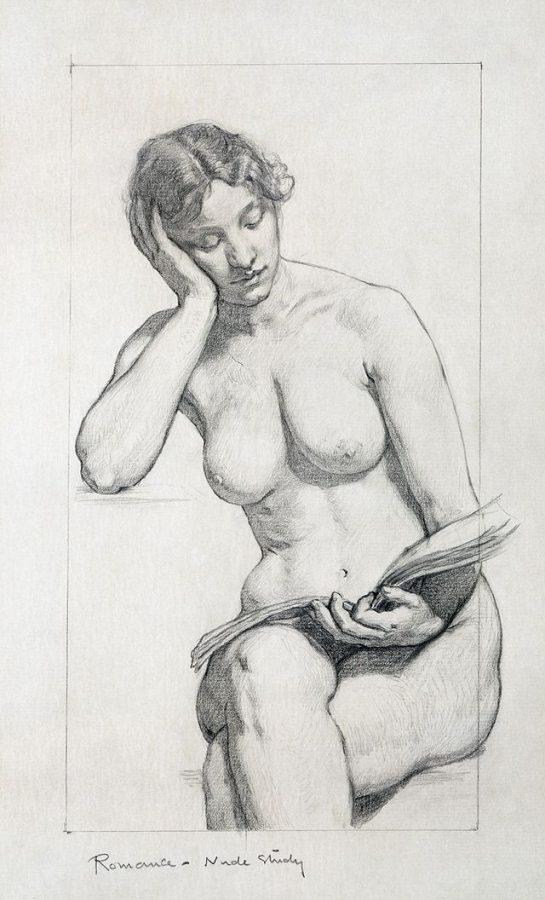With the Halloween season now upon us, our appetites for horror movies are in full swing. Streaming services like Hulu and Netflix have started releasing their spooky season collections, rolling out the red carpet for both classics and often underwhelming made-for-streaming movies.
If you’re a member of the LGBTQ+ community, you know it can be doubly difficult to find quality queer horror movies. Thankfully, there’s a rich history of queer horror of all kinds. This selection includes historical landmarks in the subgenre and newer, gnarlier entries as well as everything in between.
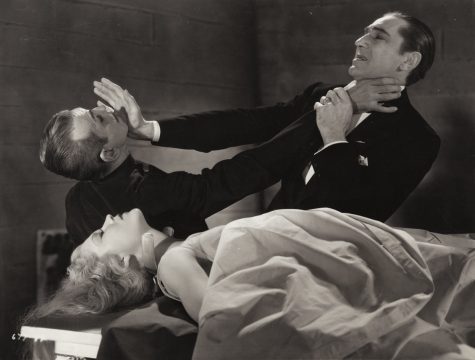
“The Black Cat” (1934)
“The Black Cat” is a bizarre little movie. Made in the pre-Code era of Hollywood (when movies were released with no official censorship), it follows a pair of newlyweds who become stranded during their honeymoon in Hungary. They are taken by a strange local doctor (Béla Lugosi) to the manor of a cold, mysterious architect (Boris Karloff) to convalesce, or so they think. What unfolds is a disturbing tale of broken alliances and human sacrifice.
Though the text of the movie doesn’t explicitly describe Karloff and Lugosi as lovers, it is undeniable that the two have a history. They tease and torture each other in equal measure, their scenes bursting with sexual tension. Now, who wouldn’t want to see two horror legends play theatrical, vengeful ex-boyfriends?

“Fireworks” (1947)
There’s nothing reserved about director Kenneth Anger’s body of work. “Fireworks” is a 15-minute short film about a young gay man’s fantasies. After looking for action at a sailor bar, the man finds himself degraded by the clientele in a sadomasochistic collage of surreal gory imagery.
With such unsettling and beautiful images, Anger experiments with the concept of the masculine ideal and how that can be both enticing and dangerous. Highly provocative for its time, “Fireworks” still feels dangerous today. Rarely do we see such an explicit depiction of queer desire. Anger’s film is a unique look into the queer counterculture of early 20th century America.

“Diabolique” (1955)
Another example of a thriller built on homoeroticism, “Diabolique” is the story of a schoolteacher who teams up with her husband’s mistress to kill him and start a life of her own. Just when the two think they’re in the clear, Christine and Nicole experience a series of strange events that forges a tenuous intimacy between them.
They learn to use society’s domesticated perception of them against the authorities, all the while falling deeper into madness. Though certainly less explicit than the novel it is based on, this French classic is an in-depth portrait of a growing bond between two women determined to establish their own independence. Look out for a truly shocking twist ending.
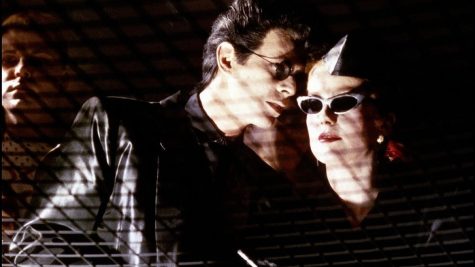
“The Hunger” (1983)
“The Hunger” is one of the most bisexual movies of all time. While vampires have been queer-coded since their earliest literary appearances in the 19th century, director Tony Scott brings that subtext to the forefront of the film. It stars bisexual legend, David Bowie, and French bombshell, Catherine Deneuve, as centuries-old vampire lovers John and Miriam Blaylock.
The couple lures a scientist, played by Susan Sarandon, into their life in order to extend their immortality. The three end up sexually involved with each other, endlessly complicated by John and Miriam’s murderous habits. Loaded with atmospheric, shadowy cinematography (later demonstrated in Tony Scott’s “Top Gun”) and intense eroticism (also seen in “Top Gun”), “The Hunger” is an effortlessly cool take on the now-dead subgenre of the erotic thriller.
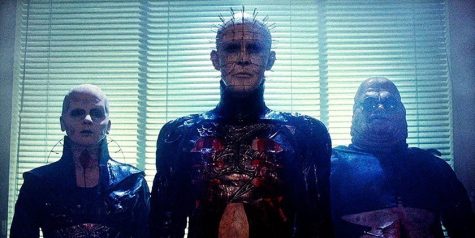
“Hellraiser” (1987)
If the previous entries weren’t scary enough for you, “Hellraiser” is the answer to your prayers (or nightmares). Written and directed by openly gay filmmaker and author, Clive Barker, the movie follows a married woman who begins a killing spree to bring her hell-bound lover back to life. When sadomasochistic servants of hell called Cenobites catch wind of her scheme, they seek to rectify it with torturous revenge.
“Hellraiser” is the origin of the horror icon, Pinhead, who perfectly encapsulates the kinky, brutal aesthetic of the film. Barker, a former hustler himself, has spoken on the influence that queer S&M culture had on the film, particularly its relationship to pain and pleasure. The Cenobites equate the two and are happy to test their limits on curious members of the living. It’s a testament to just how many levels of experience queer people can draw from to create horror.
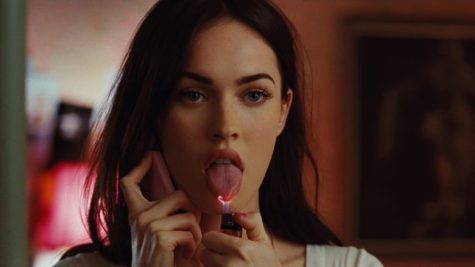
“Jennifer’s Body” (2009)
Though reviled upon its original release, “Jennifer’s Body” has since become a queer classic. Written by “Juno” veteran Diablo Cody, the movie follows mousy high-schooler Needy (Amanda Seyfried) as she tries to stop her newly-possessed cheerleader best friend, Jennifer (Megan Fox) from killing every boy at their school.
With director Karyn Kusama and Cody at the helm, the movie manages to give total agency to two high school girls, something rarely seen in any movie, particularly within the horror genre. Layered with Cody’s trademark wit and punchy dialogue, the movie plays up the sexual energy between Needy and Jennifer, giving audiences a lesbian horror story so funny and so charged it must be seen to be believed.

“The Wild Boys” (2017)
If the 21st century has brought any queer idea to the forefront of the public consciousness, it must be the concept of gender fluidity. “The Wild Boys” follows a band of dangerously mischievous male students who kill one of their teachers and are forced on a mysterious sailboat journey to be rehabilitated, or so they’re told.
With fantastical set design and candy-colored cinematography, “The Wild Boys” feels like a dream, with a steadily escalating series of bizarre imagery that never lets up. It was also filmed with a nearly all-woman cast, calling into question how gender roles play into others’ perception of someone, and how that may change when those roles are upended. Chilling and thoughtful, “The Wild Boys” is one of the most interesting movies of the 2010s.
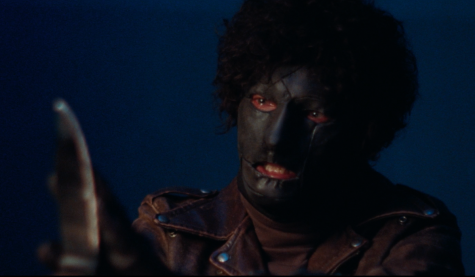
“Knife+Heart” (2018)
“Knife+Heart” is a movie in conversation with the history of queer media. Set in Paris in the late 1970s, it follows Anne Parèze, an adult film director whose cast and crew are hunted by a masked, switchblade-wielding serial killer. Styled after the Italian giallo movies of the 1970s and ‘80s, the movie is filled with bright colors, bloody violence and a moody synth soundtrack by M83.
Director Yann Gonzalez takes the aesthetic of giallo movies and fleshes it out with achingly sincere queer relationships. Amidst the horror, Anne attempts to deal with the breakup with her long-time partner and editor, Loïs. Despite its gruesome kills, “Knife+Heart” is one of the most layered and moving portrayals of queer love on film, both romantic and platonic.
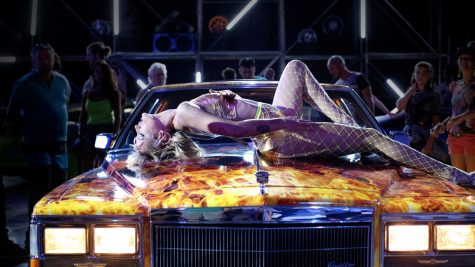
“Titane” (2021)
“Titane” is a notoriously difficult movie to summarize. The winner of the highest prize at the 2021 Cannes Film Festival, the movie follows a disturbed young woman who, after going on a killing spree and having sex with a vintage Cadillac (yes, you read that right), goes into hiding as the long-lost son of an unstable firefighter.
There truly is nothing like “Titane.” Thoroughly bizarre in all of its plot points, director Julia Ducournau manages to make us sympathize with the lead. The movie speaks to the freeing power of transition, how changing one’s body to suit one’s true self sets you on a path of real fulfillment. If you fail to see how that message could possibly come from this plot, I challenge you to see it for yourself. “Titane” is a magic trick of a horror movie.
Thomas Machacz can be reached at [email protected].

